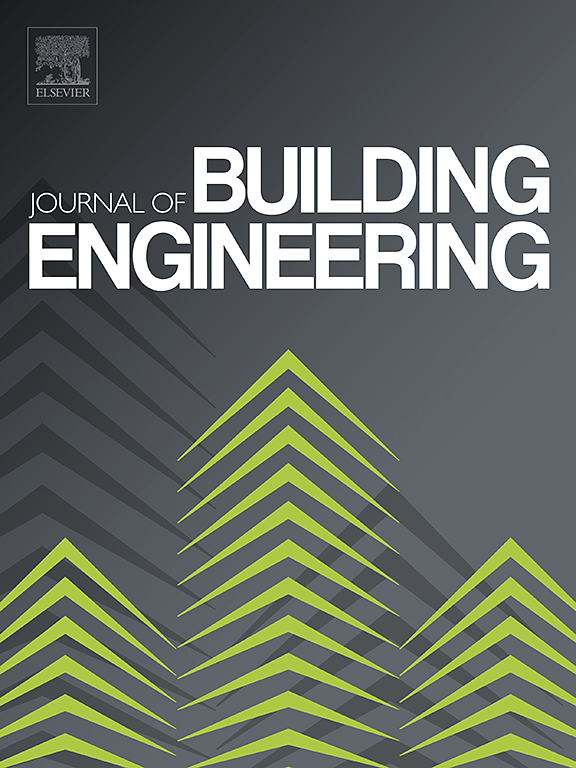Artificial intelligence algorithms, simulation tools and software for optimization of adaptive facades: A systematic literature review
IF 6.7
2区 工程技术
Q1 CONSTRUCTION & BUILDING TECHNOLOGY
引用次数: 0
Abstract
In an increasingly digital world, many methods such as AI algorithms, simulation tools, and software are used for performance-based optimization of adaptive facades, and rapid developments are taking place in these areas. Currently, although there are many studies on these topics, they are not yet fully understood and addressed holistically. To fill this gap, this paper conducted a comprehensive review of these researches. In order to accomplish this objective, a bibliometric approach has been conducted with studies published between 2000 and 2023 to systematically analyze the literature on these topics. Using the systematic literature review, the case study location, case study building types, AF movement typologies, sustainability aspects, objectives of the studies and design parameters to achieve these objectives are investigated within the study scope. As a result, among the artificial intelligence algorithms used to optimize the performance of adaptive facades and their typologies, GAs (GA, NSGA-2, MOGA, MOEA) were found as the most widely used algorithms. Furthermore, the common software, simulation and modelling tools required in optimization process are Grasshopper, EnergyPlus and Rhino-Grasshopper, respectively. Finally, this review paper will make a general database for current and emerging AI algorithms and tools used in optimization of adaptive façade.
求助全文
约1分钟内获得全文
求助全文
来源期刊

Journal of building engineering
Engineering-Civil and Structural Engineering
CiteScore
10.00
自引率
12.50%
发文量
1901
审稿时长
35 days
期刊介绍:
The Journal of Building Engineering is an interdisciplinary journal that covers all aspects of science and technology concerned with the whole life cycle of the built environment; from the design phase through to construction, operation, performance, maintenance and its deterioration.
 求助内容:
求助内容: 应助结果提醒方式:
应助结果提醒方式:


